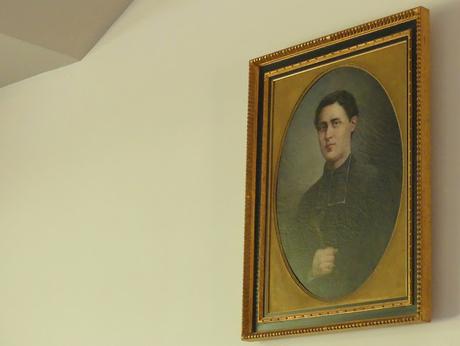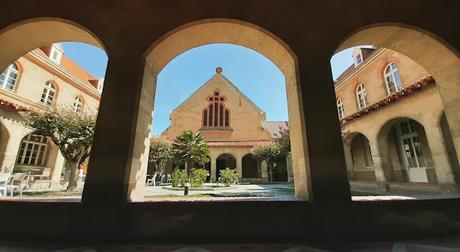We are in the Saint-Genès district of Bordeaux, not far from the boulevards, visiting the unusual complex that is la Maison Saint Louis Beaulieu, the diocesan home of the Catholic Church in Gironde. Open to the general public, the Maison is a surprising place to behold… particularly its chapel, library and pleasant grounds.
The history of Maison Saint Louis Beaulieu goes back to the mid-19th century when the Carmelite religious order set up a convent and a chapel, with hermitages dotted around the grounds. In the early years of the 20th century, the Catholic diocese rented the premises to house a seminary, purchasing the land and existing buildings in 1910. Over the following decades, the condition of the property gradually worsened until a full reconstruction began in 1937 to the plans drawn up by renowned architects Louis and Marcel Garros. This resulted in the main building, which still stands tall and proud today, and the intriguing art deco chapel (pictured below), consecrated in 1946 by the Apostolic Nuncio to France, Monsignor Angelo Roncalli, later to become Pope John XXIII.
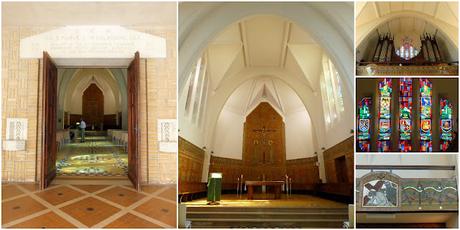
Unusually, the chapel’s configuration has rotated 180° over the years, with the main entrance initially being street-side, on Rue Saint-Genès, but access now solely being possible via the cloister. The Parisian artists Jean Gaudin and Louis Mazetier provided the decorative touches of the chapel’s mosaics and tiling. The stained glass windows all seem laden with cryptic references. One, for instance, comprises the coats of arms of the city of Bordeaux but also of Bazas, which along with the dioceses of Agen, Angoulême also sent their students to Saint Louis Beaulieu from 1955 onwards. The organ was manufactured by the German company Merklin in 1892 (its most recent overhaul occurred in 2017) and was in the original chapel.
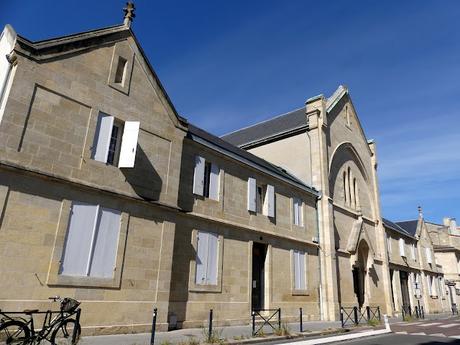
The street-side view and what used to be the main entrance to the chapel (situated behind what is now the altar).
Beyond the pretty cloister/courtyard and the café-restaurant (see lead photo at top of page), a door leads to the library of the Bordeaux diocese, home to some 90,000 books about religious science stored across over four kilometres of shelving. Usually the reading room alone is open to the general public, but our visit tied in with the European heritage days so we were given a glimpse of the inner workings of the library and some of its oldest and most prized possessions.

From there on into the peaceful grounds, tucked away behind the main building. The first most prominent sight is a modern metallic work of art, 'le Chêne de Mambré', produced by Bordeaux artist Christophe Conan. Beyond its aesthetic delights and its designated role as a “meeting place”, the tree features on its leaves the names of benefactors who helped fund the renovation work carried out here in recent years.
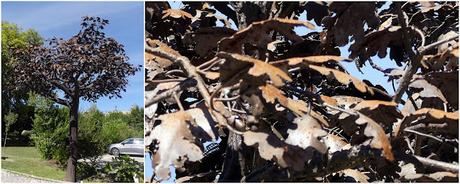
Christophe Conan's 'Le Chêne de Mambré'.
Wandering on through the grounds, other than the vegetable patches, herb gardens, and compost heaps, there is an old chapel to be spotted here, a chicken run there, and the inevitable statue of the Virgin Mary, which apparently fell on bad times in recent years. It was smashed to smithereens by unknown night-time intruders and had to be meticulously rebuilt from scratch by an expert at the Louvre museum in Paris. The ultimate 3D puzzle!
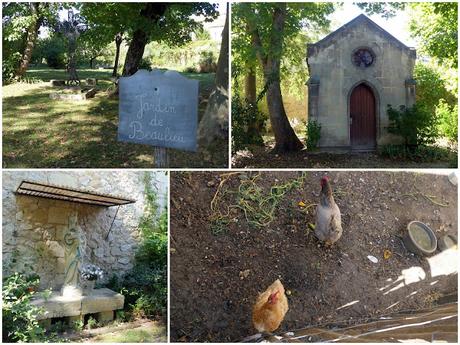
Scenes from le Jardin de Beaulieu.
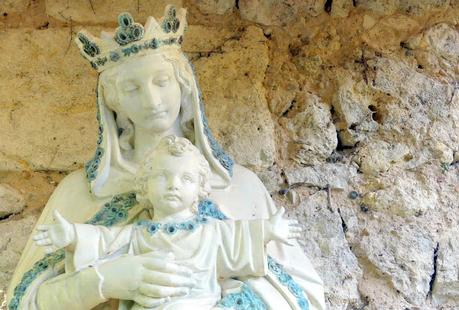
As grumpy as they appear to be, the Madonna and Child actually look as good as new after their recent mishap.
My time here also enabled me to find the exact vantage point to be able to reproduce the view on an old postcard I’d picked up many moons ago before even knowing where the picture had been taken. The postcard, which is captioned overleaf as “Grand Séminaire de Bordeaux - Grand Bâtiment”, includes a hand-drawn circle indicating the postcard-writer’s room – who was the mystery resident at the time? To know just a touch more, the text of the postcard is included at the foot of the article!
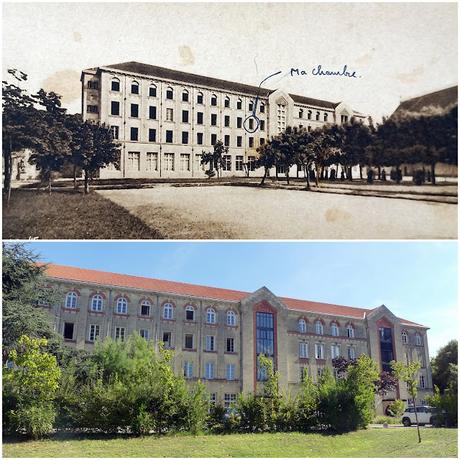
Although the living is clearly very gentle here, Maison Saint Louis Beaulieu remains a very active place, and is arguably as dynamic as ever. Other than the aforementioned facets, its website also refers to it being home to the Pey Berland training institute, a number of meeting rooms (which can be rented out for seminars and the like), a bookshop (La Procure Beaulieu), and the studios of the RCF Bordeaux catholic radio station. And the café is as pleasant a place as any for a quiet afternoon cup of tea or similar!
Oh, and one more thing: who exactly was Saint Louis Beaulieu? Well, Louis was born in 1840 in Langon near Bordeaux and went on to be ordained as a priest at the Overseas Missions Seminary in Paris in 1864. He ended up stationed in the mountains near Seoul, Korea, where the presence of foreigners was forbidden. Denounced and arrested, he was executed six months short of his 26th birthday. More than a century later, he and others who met the same fate in Korea were canonized by Pope John Paul II.
